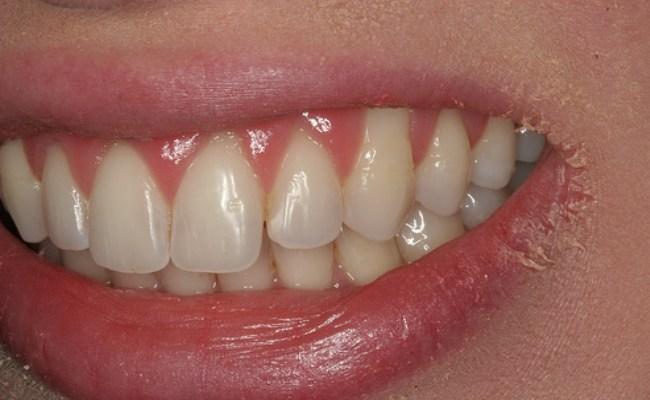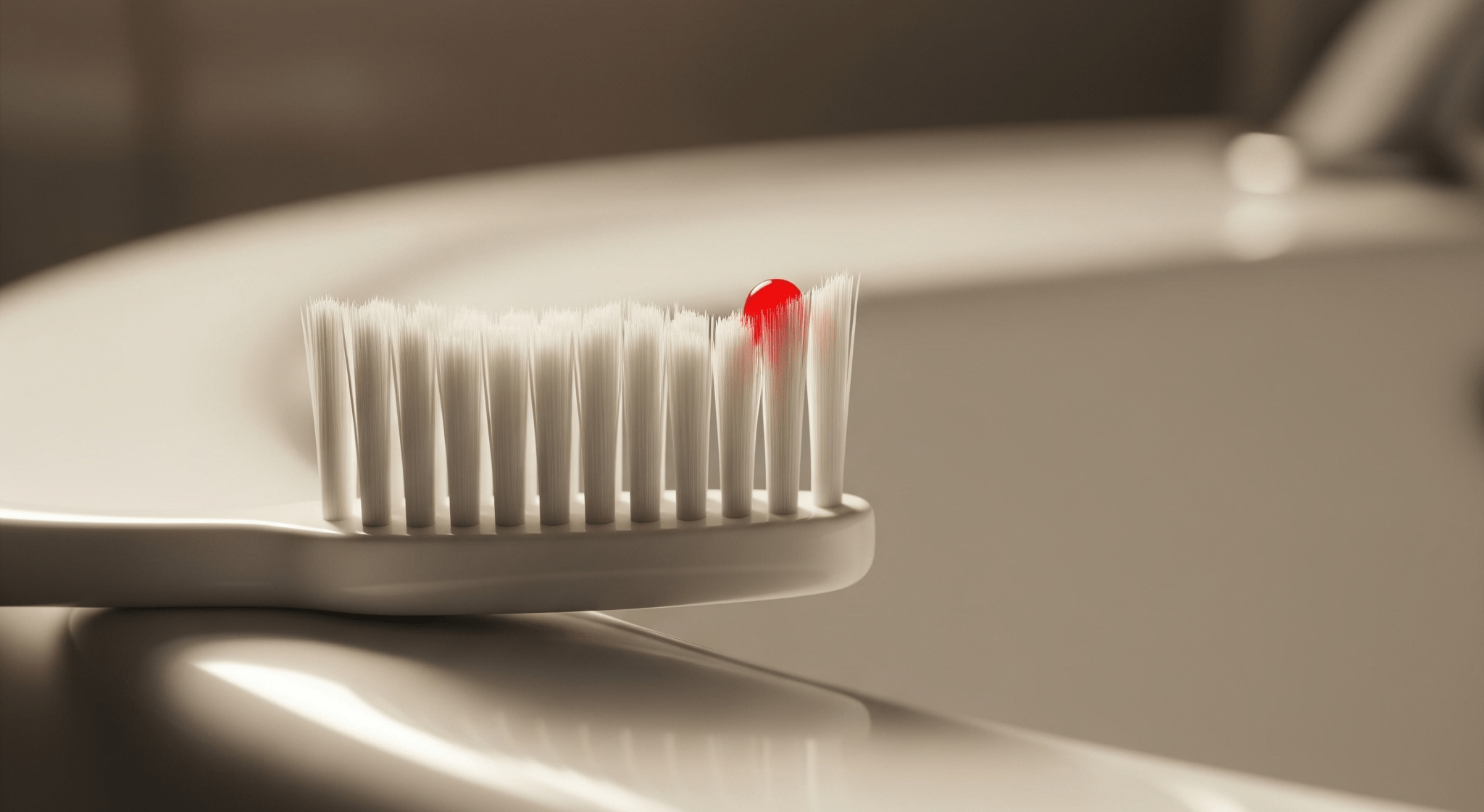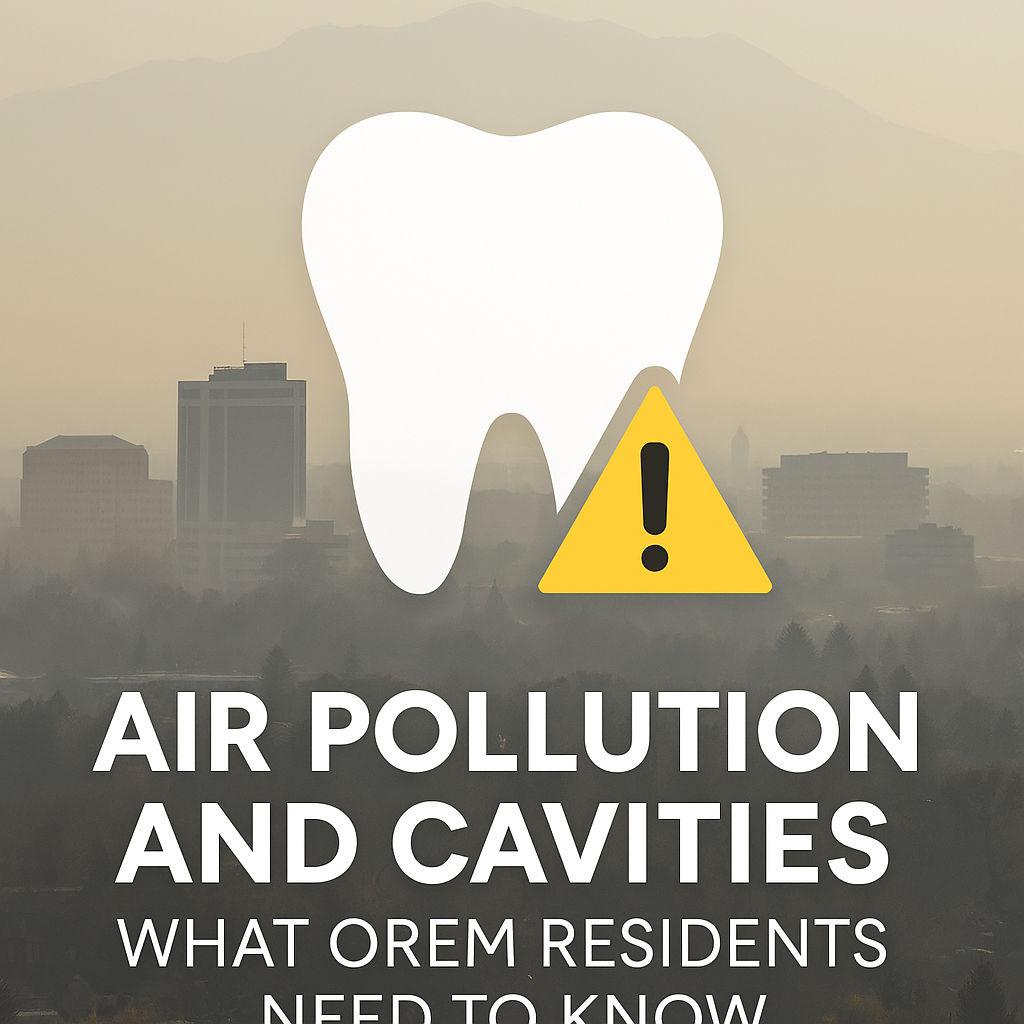Blog Highlights
- A tooth’s root is where the nerves of the tooth are stored
- An exposed tooth root is often the result of gum recession or gum disease
- One o the first symptoms of too root exposure is tooth sensitivity
Do you feel a stab of pain when brushing your teeth or consuming hot or cold food and beverages? You may have an exposed tooth root. A tooth’s root is where the nerves of the tooth are stored. The roots also help keep the tooth anchored in the gums along the jaw bone. If the root becomes exposed, it can lead to extreme sensitivity and may indicate a serious dental issue.
The Different Layers of Your Teeth
The part of your tooth that resides under the gum line has three layers: the nerve pulp, the dentin, and then a harder, protective layer called cementum. If the protective layer becomes compromised or the gums begin to recede, the nerve pulp and dentin become exposed. Cementum is not as hard as the enamel that protects the teeth above the gum line. Once cementum is worn away the tooth becomes highly sensitive. The root of the tooth becomes susceptible to bacteria, acids, plaque, and extreme temperatures.
Causes of Exposed Tooth Roots
An exposed tooth root is often the result of gum recession or gum disease. The gums help to protect the roots of your teeth. Over brushing with a hard-bristled toothbrush, smoking tobacco, tooth grinding, and even misaligned teeth can lead to gum recession and exposed tooth roots. Orthodontics can also lead to problems with gum recession and root exposure.
Symptoms of Exposed Tooth Roots
One of the first symptoms of root exposure is tooth sensitivity. An ache or twinge or sharp pain can happen at any time; however, discomfort is typically triggered by hot and cold temperatures and sweet or sour foods. Your teeth may appear longer and you may even be able to see the root of the tooth at the base of your gums. Other signs include swollen or bleeding gums, which often point to gum disease, a leading cause of root exposure.
Treatments for Exposed Tooth Roots
Tooth sensitivity can be easily managed. Use a sensitive toothpaste that contains anti-sensitivity active ingredients. Make sure you use a soft-bristled toothbrush and use circular brushing motions to avoid excessive pressure on the sensitive areas. If you smoke, you should seriously consider quitting.
Speak with your dentist. They will identity the cause of your tooth root exposure and offer additional advice and useful products, such as fluoride gels and desensitizing agents. If your exposed roots are caused by gum disease, they will suggest the best course of treatment. If the problem is severe, they may recommend a gum graft, white filling, or dental sealant to cover the exposed root.
Untreated Exposed Tooth Roots
It’s important to treat tooth sensitivity and exposed roots as soon as possible. If left untreated, your condition may worsen. If the exposed roots are a result of gum disease, it can progress to periodontitis, which can lead to bone loss in the jaw. If your brushing habits are to blame, and you don’t fix them, more tooth roots will become exposed and your sensitivity may increase.





